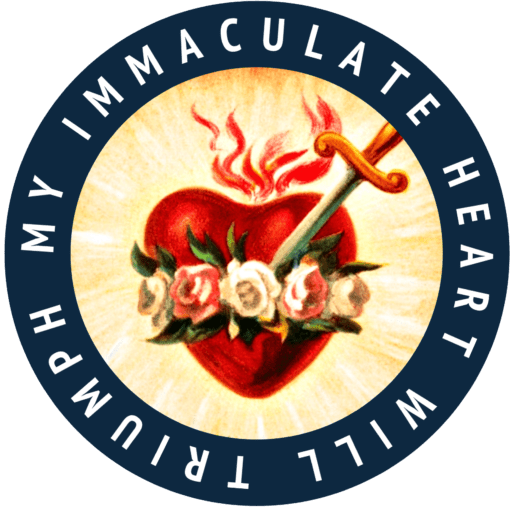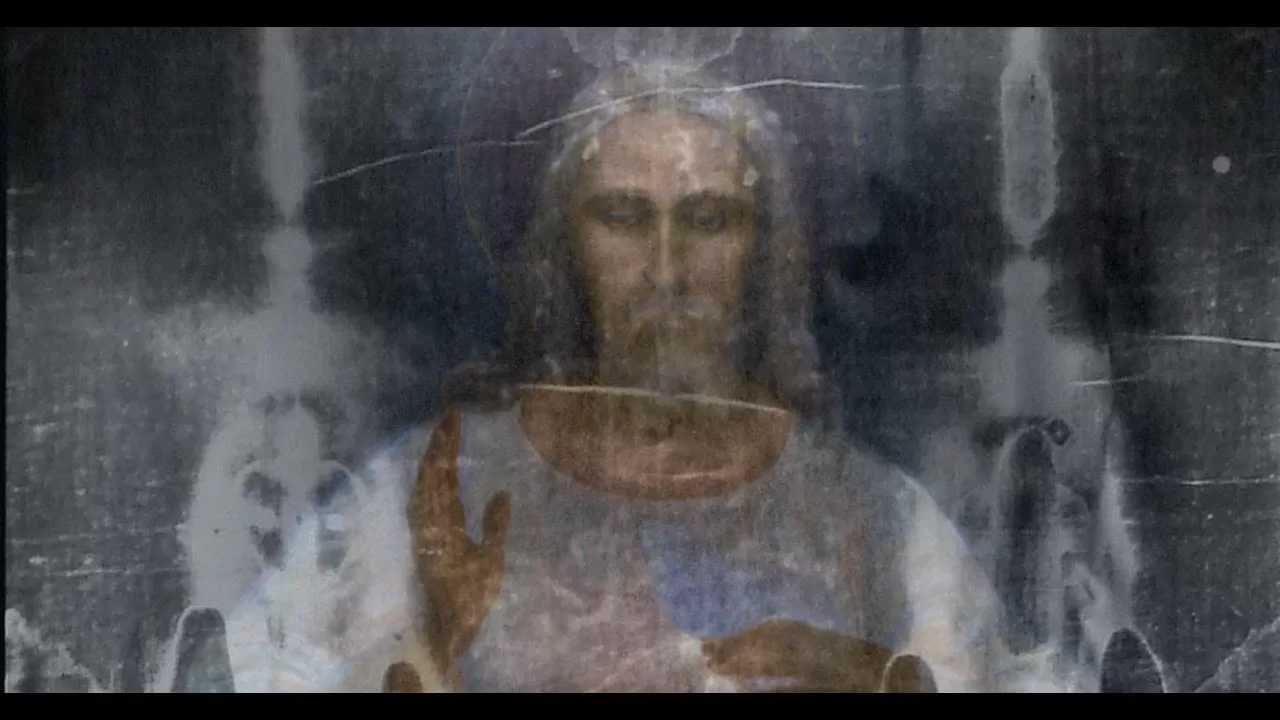
Month: July 2023
-

A new eucharistic miracle in Latin America?
Read More: A new eucharistic miracle in Latin America?By CNA The first bishop of the Diocese of Gracias in Honduras, Walter Guillén Soto, has recognized a new eucharistic miracle that occurred a year ago in a rural parish in the small town of San Juan. Gracias, in the department of Lempira, is a town and “municipio” of just over 57,000 inhabitants in western…
-

The Devil Inside| Fr Gabriele Amorth
Read More: The Devil Inside| Fr Gabriele AmorthA modern day look at Exorcism through the eyes of the Vatican’s Chief Exorcist and U.S. fundamentalism https://www.youtube.com/watch?v=MGxXhSFnWVA&list=LL&index=101
-

Pieta of the Apocalypse: Essential End Time Prayers and Promises
Read More: Pieta of the Apocalypse: Essential End Time Prayers and PromisesWe are well aware of the lateness of the hour, and we would like to equip you for this time of tribulation, with this little book of treasures from heaven. The prayers in this book have been given to Catholic end time seers and mystics over the last century or more. Our Lord Jesus and…
-

This is how miracles are approved by the Church
Read More: This is how miracles are approved by the ChurchBy USC Dornsife Albino Luciano, better known to the world as Pope John Paul I, reigned as pope for only 34 days before his death in September 1978. But he will soon join the ranks of 20th-century popes who the Catholic Church has canonized. This literally means they have been entered on the “canon,” or…
-

PRAYER AGAINST MALEFICE FROM THE GREEK RITUAL
Read More: PRAYER AGAINST MALEFICE FROM THE GREEK RITUALKyrie eleison. God, our Lord, King of ages, All-powerful and All-mighty, You Who made everything and Who transform everything simply by Your will. You Who in Babylon changed into dew the flames of the ‘seven-times hotter’ furnace and protected and saved the three holy children. You are the doctor and the physician of our soul.…
Search
Popular Posts
-
🙏 A New Chapter Begins: Supporting Pope Leo XIV with Prayer and Hope | W/ Daniel O’Connor
“Give the new pope a break and support him with your prayers.”–…
-
Possible Candidates for The Next Pope!
Some Candidates for the New Papacy Today we will share with you…
Categories
Archives
Tags
#Miracles (102) 2023 (4) 2024 (4) approved miracles (2) catholic (141) catholic blog (375) catholic meditations (7) catholic miracles (371) catholic motivation (2) catholic news (371) catholic prayers (4) CatholicSeers (359) catholic vlog (375) catholic websites (6) Eucharistic miracle (2) fr jim blount (3) GisellaCardia (11) hamas (3) imitation of christ (2) Israel (4) israel live (5) Israel news (9) jesus (3) jesus christ (4) Latest messages (11) lent 2023 (10) lent 2024 (4) lent homily (2) lent retreat (4) lent retreat 2023 (3) Lourdes (2) messages from god (6) MessagesFromHeaven (364) miracles of catholic church (2) mother and refuge (2) ourlady (325) OurLadyApparitions (22) our lady of lourdes (2) Pope (2) POPE francis (3) pope francis news (2) prayers (3) real miracles (356) sacred heart of jesus (2) The Miracles of Lourdes (2)









